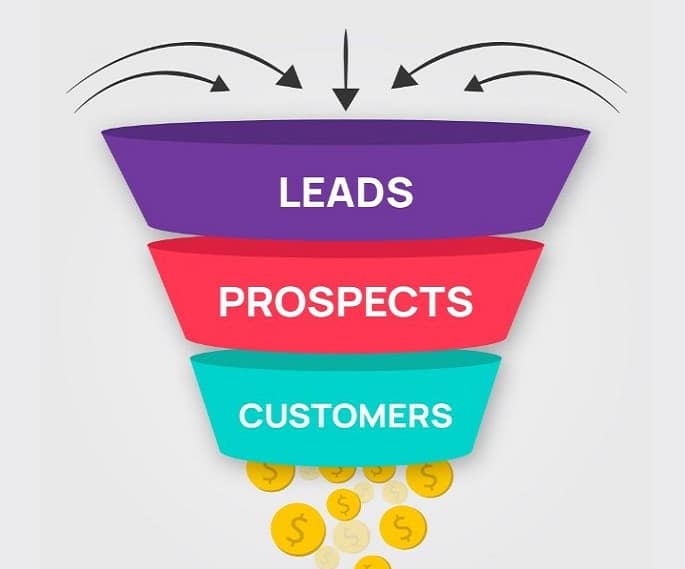
Want more leads and sales to grow your business? The solution is mastering the marketing funnel.
A rock-solid funnel guides potential customers step-by-step into becoming buyers. It paves a path that leads to marketing success.
Such a funnel first grabs the attention of your perfect audience. It raises awareness of your awesome brand. Then, it nurtures leads and converts them into happy customers. And finally, it delights those new buyers so they stick around.
Mastering the ins and outs of funnel strategy is essential for digital marketing wins. It can catapult your success and growth. You don’t have to be a marketing expert to create a funnel that works powerfully.
In this comprehensive guide, we’ll dive deep into funnel mastery. You’ll uncover the secrets to optimizing each stage for maximum conversions.
The proven structures, strategies, and tips on this page will help you sell more of your products and services.
Ready to harness the power of the marketing funnel? Let’s get started and unlock growth!
What is a Digital Marketing Funnel?
Ever imagined you could guide a prospective customer through a strategic path to purchase? Well, that’s what a marketing funnel aims to do.
A marketing funnel is a process that takes prospective buyers on a journey in four main stages.
- Awareness
- Evaluation
- Conversion
- Delight
First, it raises awareness of your awesome brand. Then, it nurtures leads by providing value. Next, it converts the qualified leads into happy customers. And finally, it focuses on customer delight and loyalty.
At the top of the funnel, imagine a wide opening full of potential buyers who have just heard about your company. As they travel down the funnel, targeted marketing converts these prospects into loyal brand advocates. The shape of a physical funnel perfectly depicts the sales process.
Each stage of the funnel represents a milestone prospects meet on their journey with you. It’s like a path that leads customers from strangers to satisfied buyers.
Many leads enter the wide top, but only qualified, delighted customers reach the narrow bottom. That’s the true funnel magic!
With this customer journey mapped out strategically, you can guide buyers from awareness to conversion. And do so seamlessly. You should make the marketing funnel a huge part of your marketing plan.
The Stages of a Marketing Funnel
Now let’s explore the four stages of the marketing funnel in greater detail.
Awareness Stage
Building awareness is the first step in any marketing funnel. It means getting your brand onto people’s radar.
Useful tactics in this stage include:
- Search engine optimization
- Content marketing
- PR outreach
- Social media posts and social advertising
These marketing strategies expose new eyeballs to your business and help build your brand.
Provide value by educating through blogs, videos, and guest posts. Establish yourself as a helpful authority, not just a salesperson.
Relevant, valuable content is key in the awareness stage. You want to resonate with your audience with the right content. This is called inbound marketing.
You can grab attention and kick off the customer journey with a smart content strategy. This awareness lays the groundwork for guiding folks through the buying process. It is beneficial to use multiple marketing channels at this stage.
First, connect with potential customers and show you understand their world. Then, you can progress them from one stage to the next.
Evaluation Stage
So, you’ve grabbed people’s attention. Now what?
Next comes the evaluation phase. Here, leads are weighing options and deciding if your solution fits their needs. They’re in research mode – comparing you to competitors.
Your marketing should focus on proving your value to customers. Provide useful content that solve their problem.
Use case studies, free trials, and product demos to showcase your offering. Be helpful and educational, not pushy.
The evaluation stage aims to build confidence in your product or service. You want leads to conclude, “This company really understands me.”
By providing value during research, you nurture leads closer to a purchase decision. You position your brand as the logical, empathetic choice.
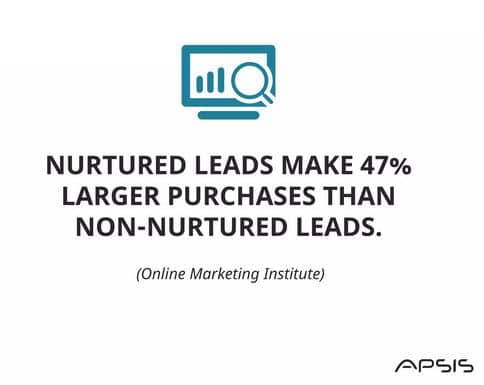
Do this right, and your target audience will be primed for your conversion stage.
Conversion Stage
This crucial stage is when consideration leads to purchase intent, and prospects become customers.
Conversion rate optimization (CRO) efforts include:
- Compelling calls-to-action to drive purchases
- Frictionless website experience
- Effective sales conversations
- Following up quickly with hot leads
You want to make it easy for prospects to say yes. Activate stress-free ways to get them to buy!
Use email marketing and social media to nurture leads across the finish line. Make sure your website has dedicated landing pages and clear CTAs.
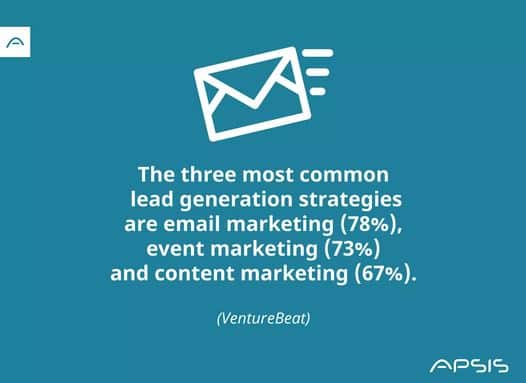
In this stage, you optimize for converting as many qualified prospects as possible. Leads should see the benefits of your product and feel confident in your solution.
With laser-focused conversion tactics, you turn interested prospects into delighted customers.
Now let’s cover how to keep customers happy.
Delight Stage
The sales funnel doesn’t end when you make the sale. Your next goal is to make customers happy. You have to make it easy for customers to buy from you repeatedly.
Here the focus is on:
- Providing excellent customer service and support
- Building loyalty programs and special offers
- Re-engaging with automation and personalized touches
The goal is to wow new customers so they stick around long-term.
Continuing to nurture buyers after purchase builds trust and affinity. This makes repeat purchases way more likely.
Delighting customers kickstarts a lifelong relationship beyond a single transaction. Who doesn’t love feeling appreciated?
With delight strategies, you reinforce that customers made the right choice. This leads to referrals, upsells, and lasting success.
Strategies for Mastering the Marketing Funnel
Now let’s explore proven strategies and tips for optimizing your online marketing funnel at each stage:
Crafting an Effective Marketing Funnel
Here’s how to pull together everything we’ve covered into a winning funnel strategy.
- Do your research – Strive to understand your audience’s motivations and pain points. Map their journey from awareness to loyalty. This lays the groundwork.
- Outline the stages – Sketch out the 4 phases from attention-grabbing open to delighted customer. Plot how each marketing activity will guide prospects through each step.
- Set conversion goals – Define target rates for moving leads through each stage. This gives you something to optimize towards.
- Identify roadblocks – Look for any friction points or bottlenecks that could hamper conversions. Smoothing these will put you ahead of your competitors and get people to buy more from you.
- Test and refine – Keep improving with A/B testing and experiments. Optimization never ends.
With an ultra-targeted funnel tailored to your audience, everything else you do marketing-wise flows better.
Creating a smooth flow from initial attraction to post-purchase delight is the big picture. Carefully study the funnel and remove all barriers and objections throughout the buyer journey.
Utilizing the AIDA Model
The proven AIDA marketing model aligns perfectly with the funnel stages. Here’s how it works:
- Attention – Catch interest with your brand story in the awareness phase.
- Interest – Provide value by educating in the evaluation stage.
- Desire – Highlight benefits to spark purchase intent for conversion.
- Action – Guide users to buy.
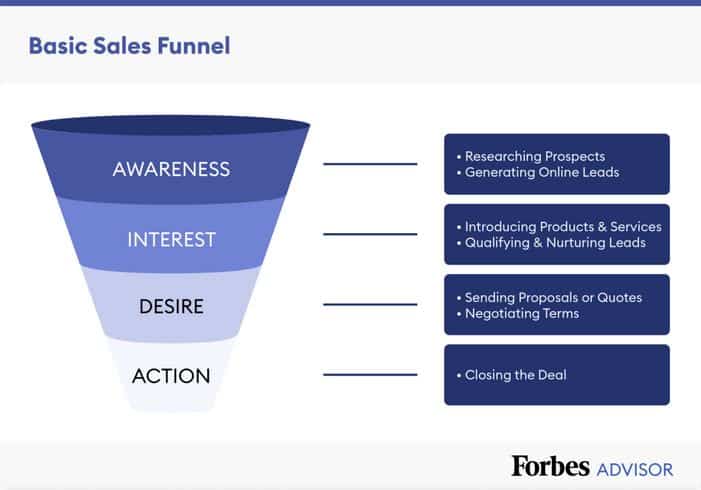
Keep AIDA top of mind when mapping content to each part of your conversion funnel. With AIDA, you take buyers on a strategic journey tailored to each stage. Your marketing message evolves naturally with the customer’s mindset.
This proven framework ensures you attract, nurture, convince, and delight for smooth conversions. Who doesn’t love a cohesive funnel?
Optimizing Funnel Content
Let’s look at the types of content that work for each funnel.
- Awareness – Blog posts, social media, and PR raise brand visibility.
- Evaluation – eBooks, product demos, and webinars nurture consideration.
- Conversion – Case studies, free trials, and email sequences encourage purchase.
- Delight – Loyalty programs, automation, and support content spark retention.
Content and messaging should evolve at each stage to move prospects closer to conversion.
A cohesive strategy that takes customers on an education-to-delight journey is marketing magic. Dialed-in funnel content is your secret sauce for conversions and growth.
Personalization and Customer Journeys
Today’s buyers expect personalized, tailored experiences. Here are tips for success in that regard:
- Map the journey – Understand how people move from stranger to buyer step-by-step. Identify key milestones.
- Leverage data – Build detailed customer profiles using analytics and CRM data. This uncovers insights.
- Get personal – Use names, individual details, and behavior to customize messaging and offers.
- Automate – Use tools like marketing automation to scale one-to-one personalization.
- Re-engage – Bring customers back with targeted recommendations when they go quiet.
Hyper-relevant personal touches guide people smoothly through your funnel. When you tailor the experience around each individual, conversion and retention improve. It feels like you’re speaking directly to them.
Personalization powers modern marketing. Map journeys, deploy effective sales materials, leverage data, automate, and re-engage for funnel success.
Key Performance Indicators (KPIs): Using Measurement Metrics at Each Stage
One of the biggest mistakes marketers make is not monitoring data. Marketing analytics is key to improving your funnel. It shows where and how to optimize.
But there’s a lot you could track. How do you pick the most useful metrics?
Let’s look at the key metrics for each stage:
Awareness Stage
Look at metrics showing brand awareness and traffic:
- Website visits show overall traffic volume. Is it increasing or decreasing?
- Social reach and engagement show how content is working.
- Subscribers mean your lead generation is succeeding.
Evaluation Stage
Check metrics on lead engagement:
- Email open and click rates mean your messages are effective.
- Time on site and pages visited show content quality.
- Downloads quantify how assets perform.
Conversion Stage
Examine metrics tied to conversions:
- Lead quality means leads are ready to buy.
- Sales cycle length measures efficiency.
- Closed sales tell overall funnel success.
Delight Stage
Finally, look at customer success metrics:
- Retention rate shows churn and renewal effectiveness.
- Repeat purchases reveal re-engagement opportunities.
- Referrals show organic outreach potential.
Set goals for each metric and track them over time. And take action if goals are missed. Comprehensive KPIs allow you to see leaks you need to fix.
With the right tactics and metrics, your business will thrive.
Learning from Successful Examples
Want funnel inspiration? Let’s look at some great examples:
HubSpot
- Gets visitors with free educational content
- Captures leads by exchanging assets for emails
- Delights customers with great onboarding and support
Takeaway: HubSpot nurtures and delights at every stage.
Slack
- Removes friction with free tiers to hook users
- Converts smoothly with simple in-app signup
- Boosts retention with viral features and re-engagement
Takeaway: Slack’s funnel drives quick growth.
These companies optimize each stage for conversions and retention.
You can borrow proven strategies like:
- Lead magnets and incentives
- Easy onboarding
- Personalized re-engagement
Studying success stories shows tactical best practices to apply. Now, go put them into action.
Funnel Marketing Challenges and How to Overcome Them
Funnel success rarely happens overnight. More often, you’ll encounter roadblocks and challenges along the way.
But don’t get discouraged! Many of the most common funnel struggles have tested solutions.
Let’s explore some typical marketing funnel challenges, along with potential fixes to get you back on track:
You Have Low Website Traffic
Driving interested visitors to your site is the first step for funnel success. Without enough traffic, your funnel can’t even get started.
If you’re struggling to attract an audience, try these troubleshooting tips:
- Audit your website for SEO gaps and optimize pages to rank higher in search results. Targeting high-volume keywords can earn more organic traffic.
- Create pillar content centered around your top products or services. These comprehensive “ultimate guides” tend to attract and engage potential leads.
- Commit to blogging and posting social content 2-3 times per week. Consistent, helpful content keeps you top of mind.
Your Lead Generation Is Lackluster
Once you’ve got site visitors, the next goal is capturing their contact information as leads. But if signups are sparse, tactics like these can potentially help:
- Place clear calls-to-action across all pages – not just your homepage. Asking for the lead directly works better than subtle suggestions.
- Gate premium content behind lead capture forms. Offering free ebooks, trainings, or kits in exchange for an email gets more signups.
- Optimize your landing pages with persuasive copy, trust symbols, and a singular CTA focus. Reduce distractions to boost conversions.
Conversion Rates Are Disappointingly Low
You’ve generated leads, but now they aren’t converting to sales. Identifying and fixing conversion sticking points can get you back on track:
- Review analytics to pinpoint where leads are abandoning – your website, checkout, etc. Then, optimize these high-friction areas.
- Nurture cold leads who need more coaxing with tailored email sequences addressing concerns.
- Focus sales efforts on hot leads who have shown interest. They’re primed for conversion with a light push.
Customer Churn Is High
Lastly, a common funnel frustration – customers make a purchase but don’t return. Reignite their interest with strategies like:
- Strengthen your post-purchase onboarding process. Check in frequently at first to encourage engagement.
- Develop loyalty programs with points, tiers, and rewards. Incentives entice paying customers to stay active
- Send re-engagement email campaigns when it’s time for a repeat purchase. Remind customers of your value.
With consistent testing and optimization, you can overcome roadblocks and boost the effectiveness of your marketing. Stay dedicated, track results, and have patience in reaching your goals.
Evolving Your Marketing Funnel Over Time
As your business grows and the market changes, you should keep improving your funnel for the best results.
- Do funnel check-ups regularly – Look at your marketing metrics around every three months. Find weak spots and brainstorm new approaches to keep funnel health in shape.
- Adapt to audience habits – Keep up with how your customers get info and communicate. Optimize content for them to ensure your funnel fits their lifestyle.
- Use new tech – Emerging tech, like AI chatbots, can optimize your funnel in new ways. Don’t get left behind by the latest innovations.
- Add more funnels – Make new funnels targeted at different groups like businesses. Expand your reach with specialized funnels.
- Automate for efficiency – Use marketing automation to increase funnel impact. Work smarter with automation.
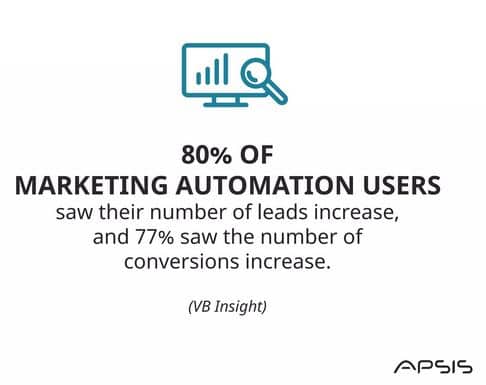
The marketplace moves fast, audiences evolve, and new tech emerges. Don’t just set and forget your funnel!
You must audit metrics, adapt to trends, innovate with tech, expand reach, and automate tasks. Keep improving your funnel to stay ahead of the curve and maximize results. What will you optimize next?
Conclusion
We covered the key stages, top strategies, and how to optimize for conversions. You’re now armed with a blueprint to guide customers from complete strangers to delighted buyers.
Remember, an effective funnel:
- Grabs attention
- Nurtures leads
- Drives sales
- Delights customers
With well-research marketing funnel planning tailored to your audience, you can smooth out their journey from consideration to loyalty.
The result? More traffic, leads, sales, and raving fans.
Ready to build an effective funnel and supercharge your business growth?
Take the first step by auditing your current funnel. Identify gaps in each stage. Brainstorm ideas to test – perhaps lead magnets or loyalty programs.
Then, start mapping changes to implement. Track performance and keep optimizing. With persistence and dedication, your funnel will convert.
Now, go out there, wow your customers, and watch your business thrive.
If you found this guide helpful, I have one request for you. Share it with other marketers who want to get the most from their marketing efforts. This lets us spread the word so more businesses can implement powerful funnel strategies.
We would love to help you reach more of your target audience and take your business to the next level.
If you need professional assistance to boost your marketing and sales, contact Advertisemint for a Free Google Ads consultation.
